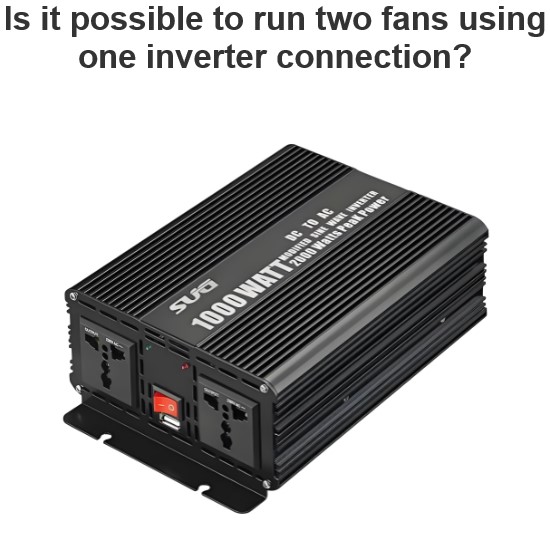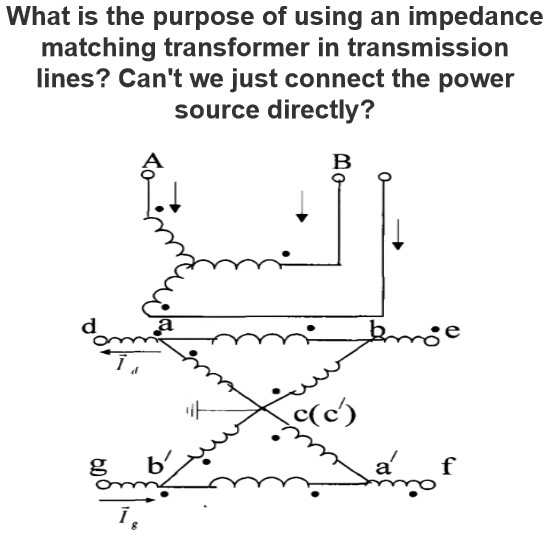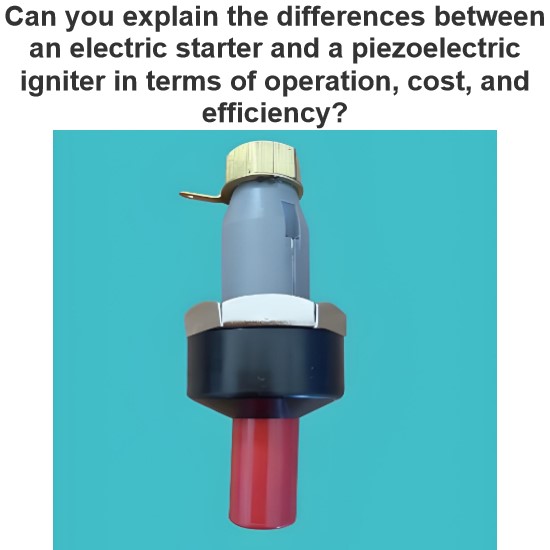Will an alternator produce a current if it runs in the opposite direction?
If the alternator runs in the opposite direction, it generates an electric current.
When the alternator runs in reverse, there is still relative motion between the magnetic field and the conductor inside it. According to the principle of electromagnetic induction, as long as the conductor does the motion of the magnetic induction line in the magnetic field, the induced electromotive force will be generated in the conductor. If the circuit is closed at this time, an induced current will be generated.
However, it is important to note that the characteristics of the current generated when the generator is running in reverse may be different from those when it is running forward. For example:
Voltage and frequency
Reverse operation may result in changes in the magnitude and frequency of the output voltage. This is because generator designs are often optimized for a particular direction of rotation, and running in reverse can affect the distribution and strength of the magnetic field, and thus the output voltage.
For example, in some applications, the stability of voltage and frequency is required, and if the generator runs in reverse, the equipment may not work properly.
Current direction
In reverse operation, the direction of the current may be opposite to that of the forward operation. This depends on the internal structure of the generator and how it is connected.
For example, in some DC motors, if the operation is reversed, the armature current direction of the motor will change, resulting in a reversal of the rotation direction of the motor.
Power and efficiency
When the generator is running in reverse, its output power and efficiency may be reduced. This is because the reverse operation may lead to mechanical friction, ventilation and heat dissipation problems, thereby increasing energy loss.
For example, in some wind turbines, if a sudden change in wind direction causes the generator to run in reverse, it may significantly reduce the output power of the generator, and may even damage the generator.
In summary, although the alternator will generate current when running in reverse, the current characteristics in this case may be different from those when running forward, and can have an impact on connected devices and systems. In practical applications, the reverse operation of the generator should be avoided as far as possible to ensure the normal operation and safety of the equipment.
The Electricity Encyclopedia is dedicated to accelerating the dissemination and application of electricity knowledge and adding impetus to the development and innovation of the electricity industry.




